Struggling to source wardrobe pulleys that won’t fail? A bad choice leads to customer complaints, costing you money and damaging your brand’s reputation. It’s a constant pressure for any buyer.
To choose the right wardrobe pulleys, you must evaluate seven key areas: the type and material of the door, the panel’s thickness and height, color consistency with the frame, the pulley’s technical quality (smoothness, durability, safety), the cabinet’s overall design, and the availability of complete accessory kits.
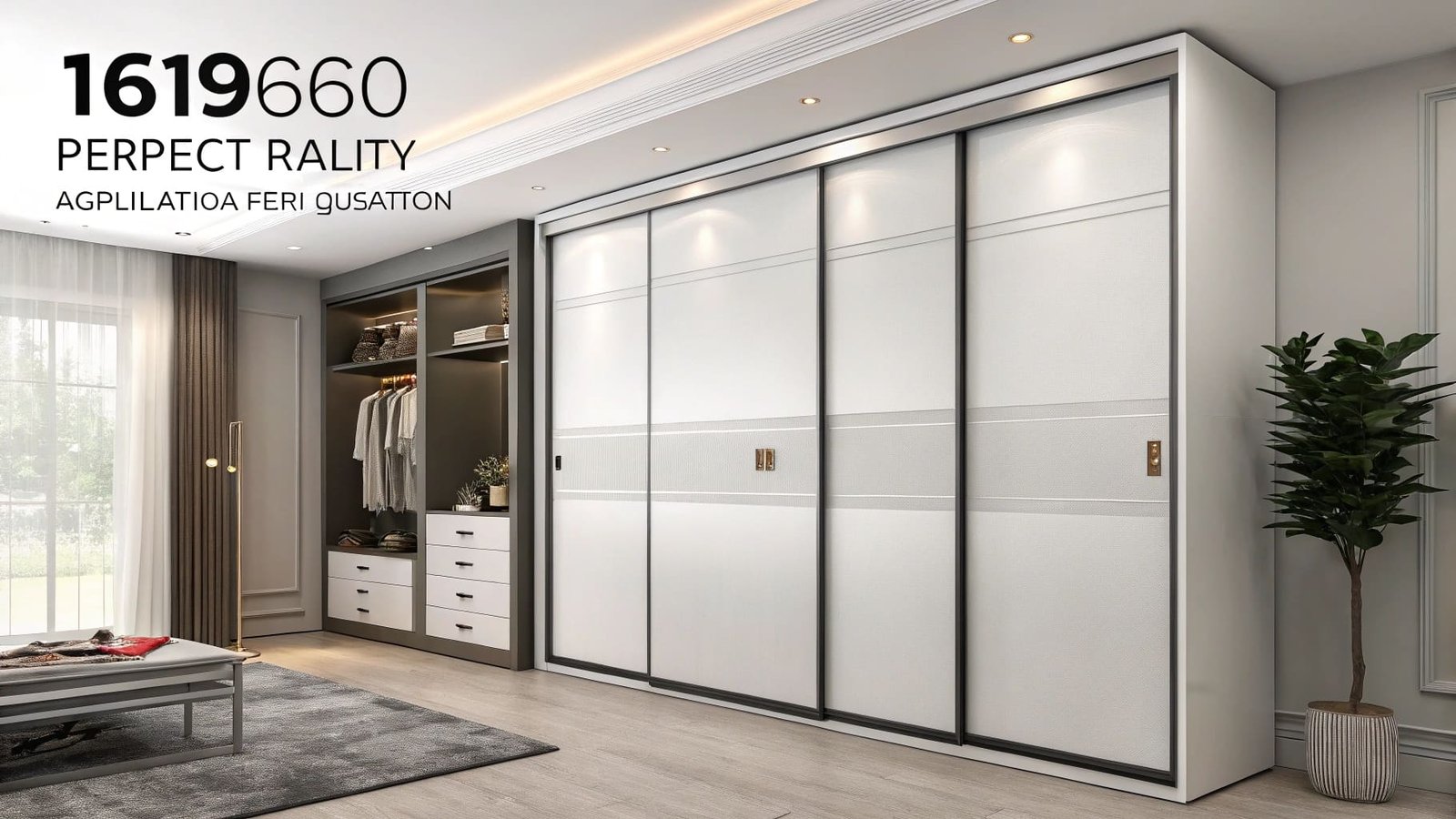
This list covers the main points, but there’s more to it than just a simple checklist. For a professional buyer, the small details in each of these areas are what separate an average product from a great one. Let’s look at each point more closely. It will help you make better purchasing decisions and find a truly reliable hardware partner.
What are the types and materials of wardrobe doors?
Choosing the wrong pulley for a specific door material can lead to total system failure. This creates performance issues and looks unprofessional, forcing you to deal with frustrating and costly problems.
Wardrobe doors are made from materials like solid wood, MDF, particleboard, and glass, each with different weights and styles. Your pulley choice must support the door’s weight for durability and match its look for a cohesive design, ensuring a reliable and attractive final product.
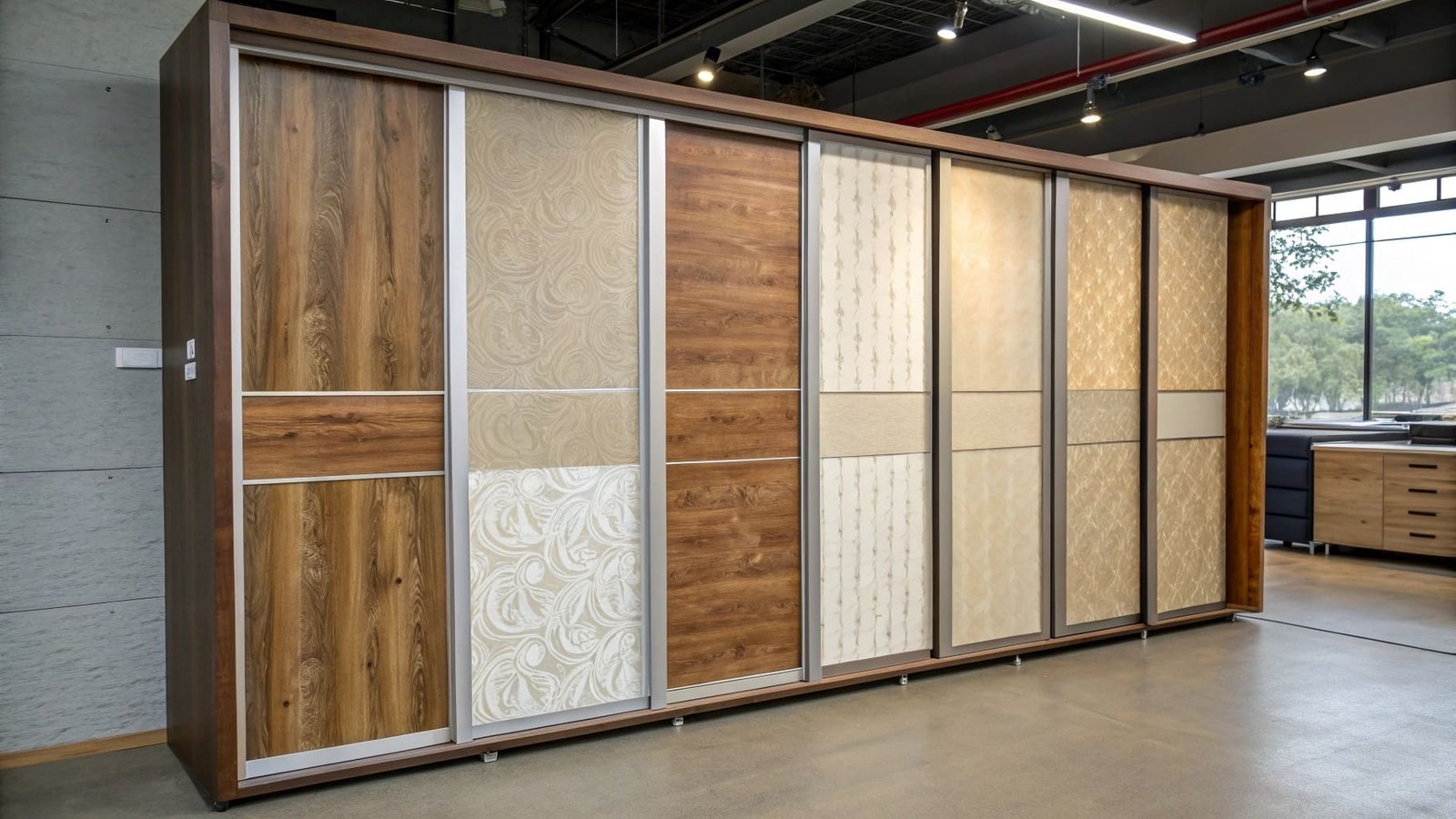
Understanding the door material is the first step in sourcing the right hardware. The weight and properties of the door panel directly impact the type of pulley system you need. In my experience, mismatching these is one of the most common points of failure. For example, a heavy solid wood door needs a heavy-duty pulley system with a high load-bearing capacity to function for years without problems. In contrast, a lightweight aluminum-framed door needs a pulley that is sleek and offers an ultra-smooth glide, where strength is less of a concern than finesse. It is crucial to get this right.
Here’s a simple breakdown to guide your decisions:
| Door Material | Typical Weight | Key Consideration & Recommended Pulley |
|---|---|---|
| Solid Wood | Heavy | Needs high load-bearing capacity. Metal pulleys are often the best choice for durability and strength. |
| MDF/Particleboard | Medium | The most common material. Standard pulleys work well, but focus on quality bearings for a smooth feel. |
| Glass (Framed/Frameless) | Medium to Heavy | Requires specialized glass door pulleys for safety. The hardware’s appearance is also very important. |
| Aluminum Frame | Light | The system needs to be sleek and efficient. Smooth, quiet operation is more critical than raw strength. |
Is the thickness of the wardrobe door panel thick enough? Is the height sufficient?
Overlooking the door panel’s thickness can make your chosen hardware useless. The door can warp if it’s too thin for its height, leading to costly re-orders and project delays.
The ideal thickness for a wardrobe door panel is between 18mm and 22mm to prevent warping, especially for tall, floor-to-ceiling doors. A tall, thin door will bow, which hurts the pulley’s performance and the door’s alignment, making it difficult to slide properly.
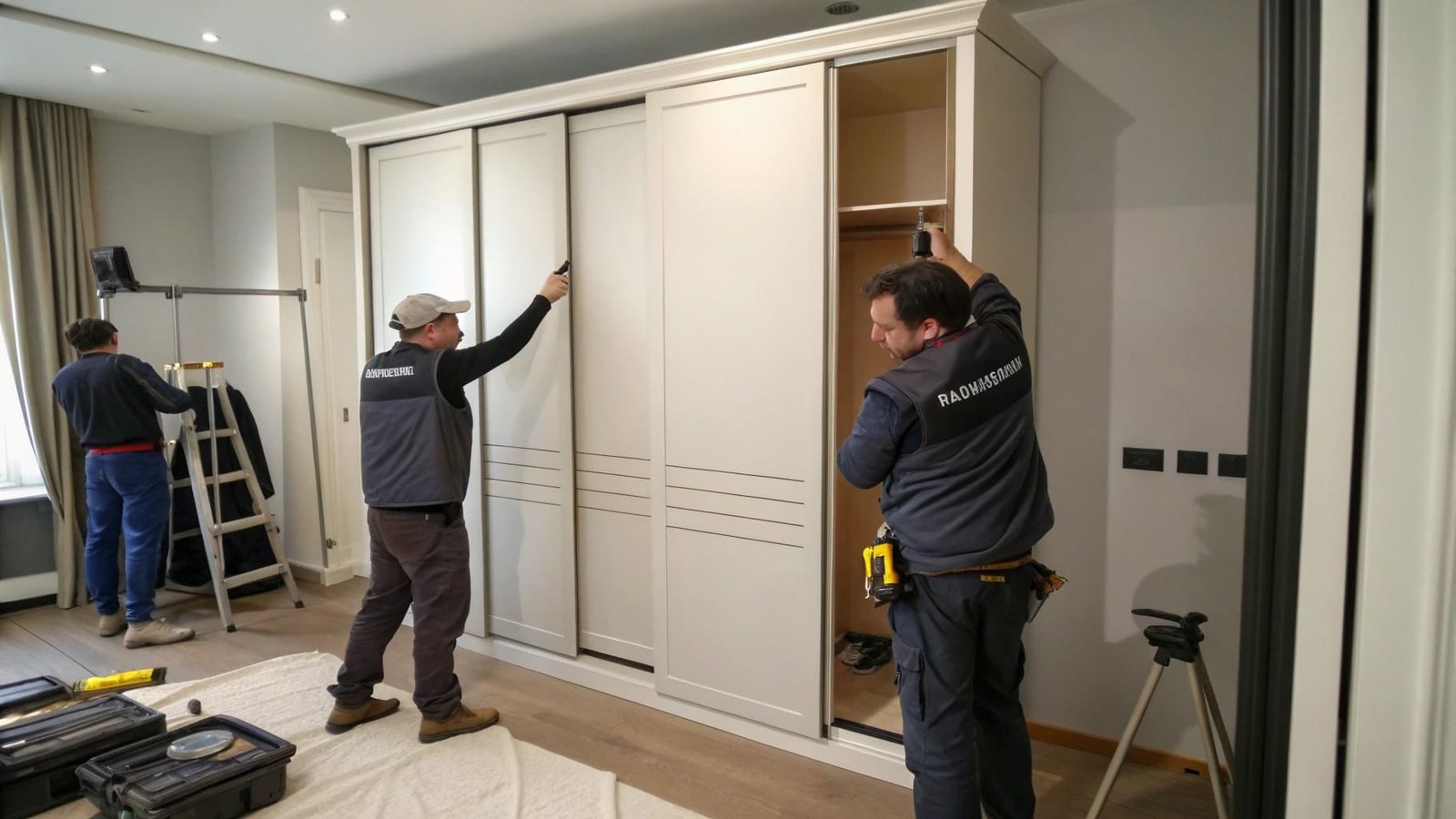
The relationship between a door’s height, its thickness, and its material is critical for stability. I once worked with a client who tried to save a little money by using 16mm panels for a 2.5-meter-high wardrobe. Within six months, we got a call that the doors were bowed and sticking in the tracks. The pulley system was fine, but the warped doors put uneven stress on it, causing it to fail. We had to replace all the door panels, which cost much more than using the correct thickness from the start.
When you source pulleys, always check the manufacturer’s technical data sheet. It will specify the recommended door thickness for that particular system. Most of our systems at opensliding are designed for the standard 18mm to 22mm range, but we also have solutions for thicker, heavier doors. Don’t let a small detail like panel thickness create a big problem for your project.
| Door Height | Recommended Min. Thickness | Potential Risk with Thinner Panels |
|---|---|---|
| Up to 2.2m | 18mm | Low |
| 2.2m – 2.5m | 20mm | Medium risk of bowing and jamming |
| Over 2.5m | 22mm+ / Internal reinforcement | High risk of warping and system failure |
When choosing a wardrobe, are the cabinet doors and frame colors consistent?
A beautiful wardrobe design can be completely ruined by a small, mismatched detail. Imagine a dark wood cabinet with a bright, shiny silver track. It cheapens the final look.
Yes, color consistency between the door, frame, and hardware is essential for a premium, high-end finish. The visible parts of the pulley system, like the track, should match or complement the door colors. Mismatched hardware makes an expensive product look cheap and poorly planned.
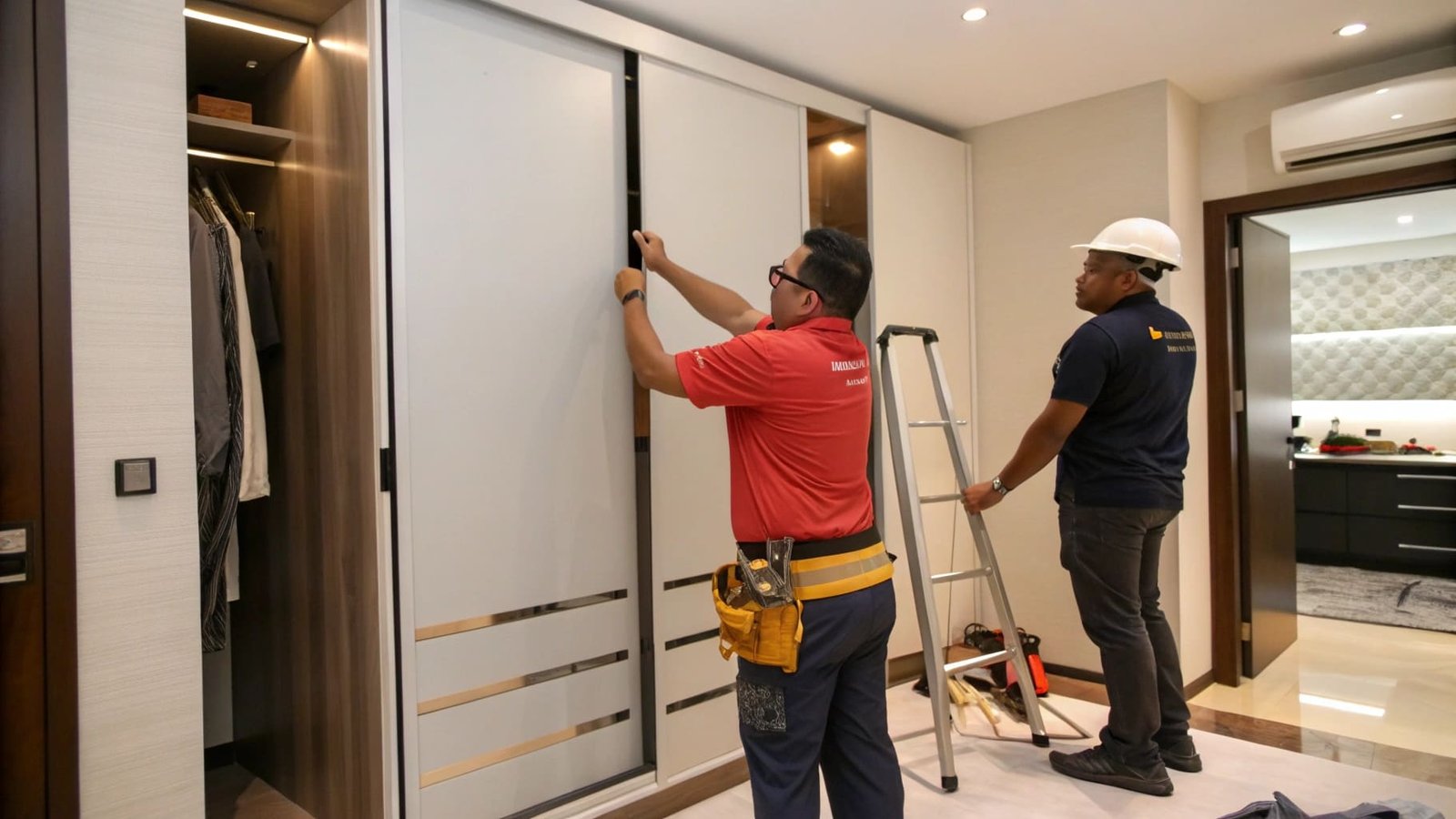
This might seem like a small detail, but in today’s market, aesthetics sell. End customers notice these things. As a purchasing manager, providing hardware that perfectly matches the final product gives your company a competitive edge. This is why we offer our tracks and hardware in a wide range of finishes, including matte black, bronze, brushed gold, and standard white or silver. This allows you to create a seamless look for any design.
My advice is to always request physical samples. A picture in a catalog or online can be misleading due to lighting and screen differences. I always tell my clients to get a sample of the track and hold it next to their door panel sample in different lighting conditions. This is the only way to be 100% sure. For the ultimate modern look, consider concealed track systems. But even then, you might have small visible components that need to be color-matched. Paying attention to this detail elevates the wardrobe from just a piece of furniture to a designer feature.
Is the wardrobe pulley smooth, pressure resistant, wear-resistant, safe and reliable?
The main purpose of a sliding door is the slide itself. If it’s not perfect, the whole product has failed. Grinding noises or a door coming off its track are major quality failures.
This is the most important question. A quality pulley must glide smoothly under the door’s full weight (pressure resistance) and handle thousands of cycles without failing (wear resistance). Safety features like anti-jump mechanisms are absolutely essential for reliability and preventing accidents.
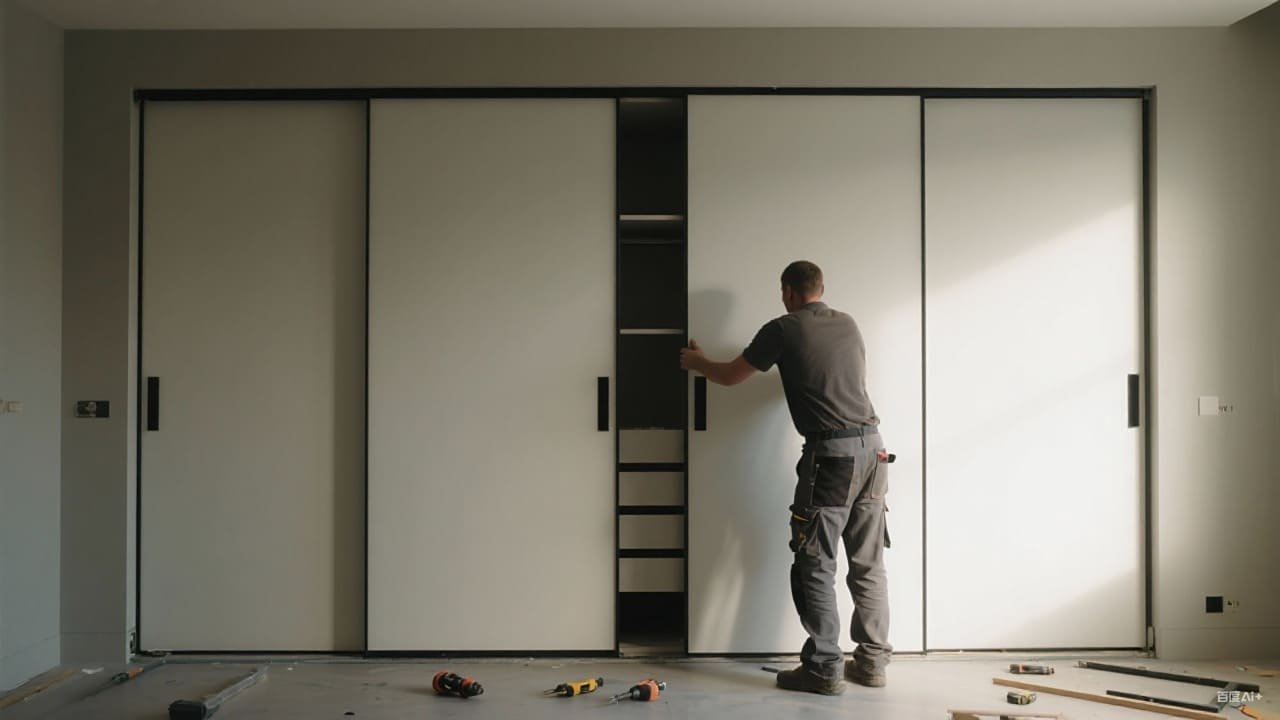
Let’s break down what makes a pulley truly high-quality. Smoothness comes from the quality of the bearings inside the wheel and the material of the wheel itself. Pressure and wear resistance are determined by the core materials used. Based on what my production team works with every day, here are the common options:
- Metal Pulleys: These have a very strong load-bearing capacity. They are the best choice for extremely heavy solid wood or thick glass doors. Their strength ensures they do not deform under pressure, but the smoothness depends entirely on the quality of the internal bearings.
- Carbon Glass Fiber or Nylon Wheels: Many people refer to these as rubber wheels. These are excellent for creating a silent and smooth sliding motion. For high-end residential or hotel projects where the "feel" of the door is part of the luxury experience, these materials are a top choice.
- Fiberglass Pulleys: This is a very popular and reliable option. Fiberglass is extremely durable and resistant to deforming over time, and it provides a very smooth sliding feel. It’s a great all-around choice for most wardrobe sliding doors.
Finally, never purchase a system without a reliable anti-jump feature. This is usually a small clip or block that prevents the wheel from lifting out of the track if the door is pushed or bumped. It’s a simple part that is critical for safety and reliability.
Is the wardrobe professional and the design scientific and fashionable?
You can source the best pulley in the world, but it won’t matter if the wardrobe design is outdated. Your customers want modern, space-saving solutions, not clunky or old-fashioned layouts.
A pulley is just one part of the whole cabinet system. A professional design considers ergonomics, smart use of space, and current styles. Features like soft-closing doors and handle-less designs are what make a wardrobe system scientific, fashionable, and desirable for today’s consumers.
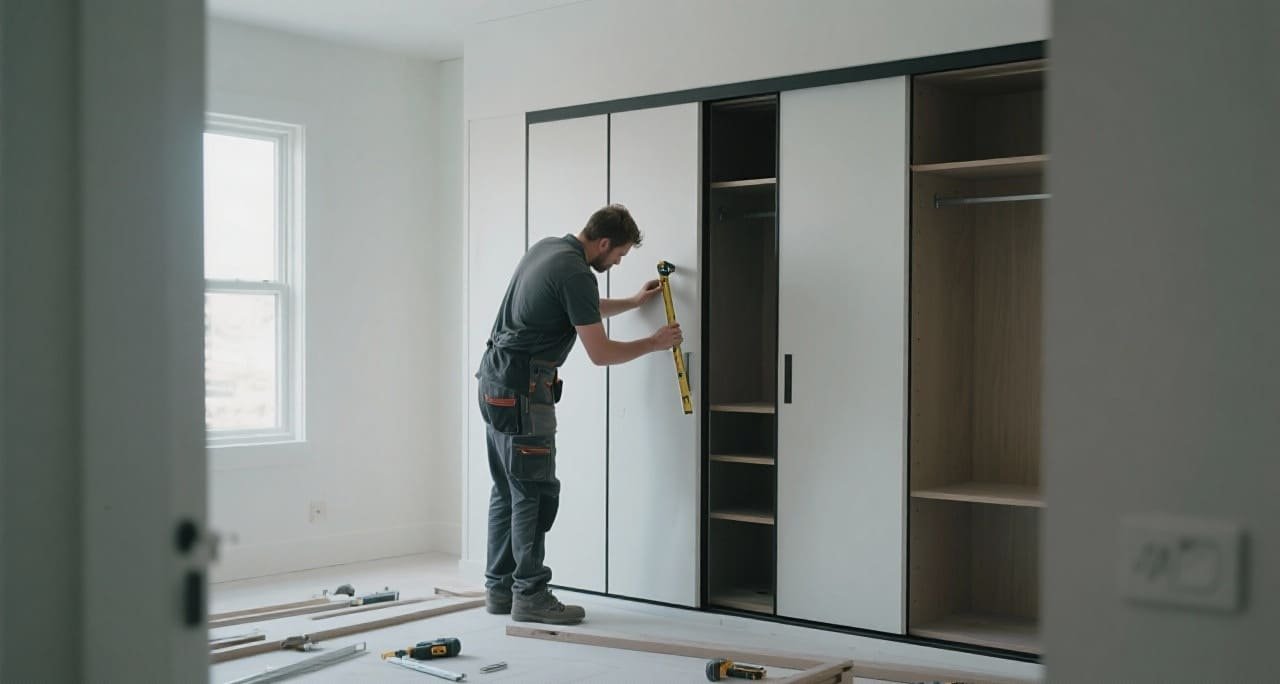
Your choice of hardware can either limit or enable modern design. For example, the trend of using very large, single-panel sliding doors to create a minimal, wall-like effect is only possible with a robust pulley system that can handle the weight and span. The hardware and design must work together. "Scientific design" really just means focusing on the user’s experience. Does the door slide with very little effort? Does it come to a gentle stop instead of banging shut? This is where a good soft-close mechanism, which is part of the pulley system, becomes so important. It adds a touch of quality that customers can feel every day.
As a hardware supplier, we help furniture factories create more fashionable products. By offering systems for handle-less doors, linkage doors that move together, or slim-profile tracks, we provide the tools they need to build what their customers want. Sourcing advanced hardware solutions allows you to offer more competitive and profitable final products.
Is it equipped with complete wardrobe accessories and provides convenient and comfortable matching functions?
Sourcing all your components from different suppliers is a logistical nightmare. You waste time managing different contacts and dealing with parts that don’t fit together, which can stop production.
A complete system includes more than just pulleys and a track. Look for a supplier who provides all the parts in one kit: screws, stoppers, soft-close mechanisms, and guides. This one-stop-shop approach guarantees all parts work together and makes your purchasing process much simpler.
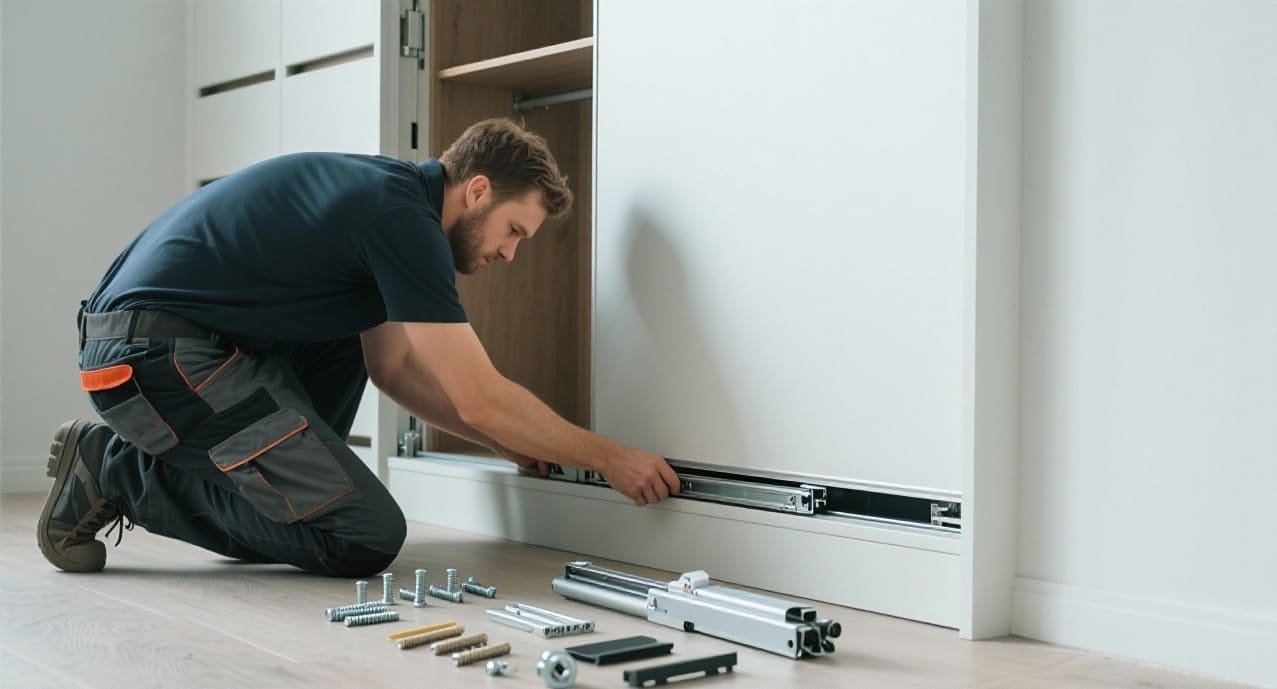
For a purchasing manager like you, time is money. Chasing down a missing set of screws from another supplier is not a good use of your time. When I work with a new partner, I stress the value of a complete kit. When your installation team opens one box, everything they need should be right there. This is a huge value-add that saves time and removes frustration on the factory floor.
A complete accessory kit should include:
- Top and bottom tracks
- Top and bottom roller sets
- Soft-close dampers and activators
- Door stoppers
- Anti-jump fittings
- All necessary installation screws
Furthermore, a great supplier is a partner who can provide more than just one system. At opensliding, our catalog includes a wide range of hardware, from hinges and drawer slides to Home Local Lighting Systems. By sourcing multiple items from a single, reliable factory, you simplify your supply chain, build a stronger relationship, and ensure consistent quality across all your hardware components. This makes your job easier and your final products better.
Conclusion
Choosing the right wardrobe pulley is about more than one part. It requires you to consider the door, the design, and the complete hardware system to ensure a quality final product.

